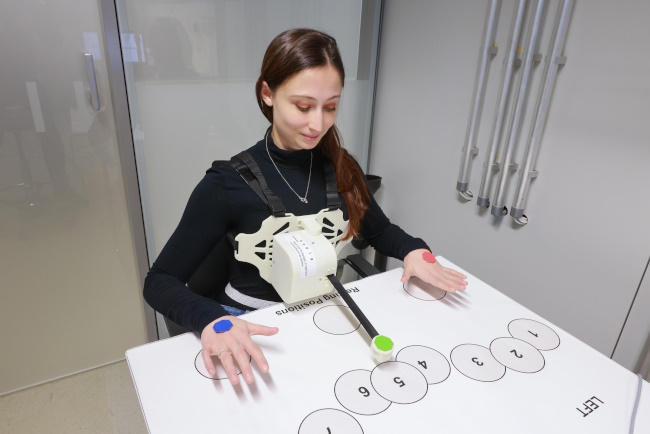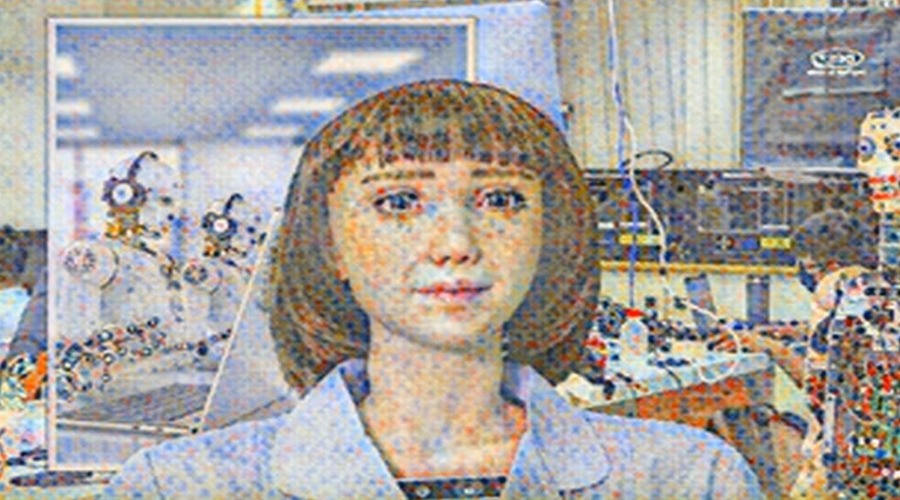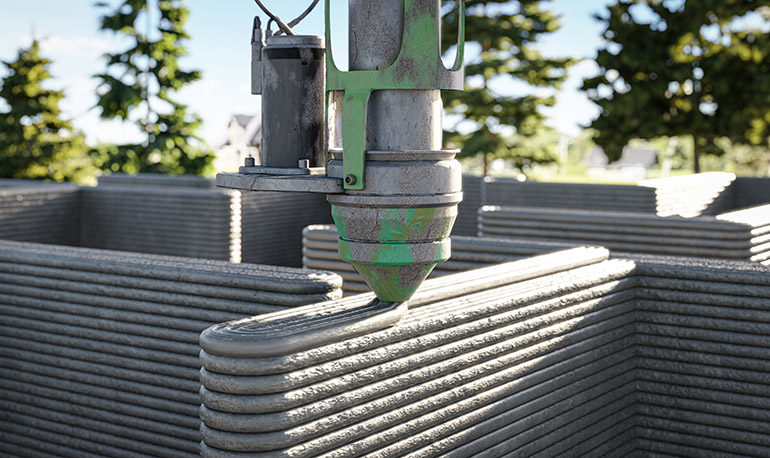A robotics company has created a new type of camera that could make factory robots much better at their jobs. Photoneo's latest sensor uses blue laser light instead of the typical red lasers, allowing robots to see and grab objects that were previously too difficult to handle.
The Problem with Current Robot Vision
Most factory robots today struggle with certain situations. They have trouble seeing shiny objects, black materials, transparent items, or things that reflect light. Bright factory lighting or direct sunlight can also confuse robot cameras, causing them to make mistakes.
Current robot cameras also face a trade-off problem. Fast cameras don't provide detailed images, while high-quality cameras are slow. Many sensors require objects to stay perfectly still while taking pictures, which slows down production lines.
"Another problem is artifacts generated by materials that are not cooperative," explained Svorad Stolc, Photoneo's chief technology officer. These troublesome materials include anything shiny, black, transparent, or highly reflective.
How Blue Laser Technology Works
The new MotionCam-3D Color (Blue) sensor solves these problems by using blue laser light instead of red. Blue light has a shorter wavelength, which means it can "see" difficult materials more clearly and isn't affected by ambient lighting conditions.
The camera can capture detailed 3D images of objects moving at speeds up to 90 miles per hour. It provides measurements accurate to less than a millimeter while taking up to 20 pictures per second. This means factory conveyor belts don't need to stop for robots to scan items.
The sensor can work in extreme conditions, including direct sunlight and near metal surfaces heated to over 2,200 degrees Fahrenheit. It can successfully pick up 97% of objects in logistics and automotive manufacturing, eliminating the need to sort items beforehand.
Real-World Benefits
This technology cuts down production time significantly. In high-speed assembly environments, the faster scanning can reduce cycle times by up to 2 seconds per item. While that might not sound like much, it adds up to major time savings in large-scale manufacturing.
The sensor can also scan large objects from up to 13 feet away, making it useful for tasks like loading pallets or inspecting big parts. It can combine multiple viewing angles to create complete 3D models of complex shapes, like thin metal sheets or L-shaped parts that are hard to see from just one direction.
Digital Twins and Smart Factories
One exciting feature is the sensor's ability to create "digital twins" - virtual copies of real objects and processes. By continuously streaming 3D data, it can build detailed computer models of factory operations in real-time.
"MotionCam-3D, combined with our software, enables real-time digital twinning by continuously converting a stream of 3D data into a complete, high-fidelity mesh," the company explained. This happens faster than most 3D scanners can capture even a single static image.
These digital twins can help with quality control, predictive maintenance, and training artificial intelligence systems to work better with robots.
Zero Downtime Promise
Photoneo has also tackled a major headache for factory managers: sensor maintenance. Traditional 3D cameras often need trained technicians to come on-site when something goes wrong, shutting down production lines.
The new sensor includes "Autonomous Maintenance" software that can fix many problems automatically. It can recalibrate itself when moved to different environments, after transport shocks, or even after minor robot collisions.
"We are designing all new Photoneo products with the bold goal of zero downtime for our customers," said Patrik Daniel, the company's software development lead.
Industry Impact
Photoneo, founded in Slovakia in 2013, has focused heavily on serving the automotive industry. In December 2024, sensor technology giant Zebra Technologies acquired the company, showing the growing importance of advanced robot vision systems.
The MotionCam-3D Color (Blue) sensor represents a significant step forward in making robots more capable and reliable in factory settings. By solving long-standing problems with difficult materials and lighting conditions, it could help more companies adopt robotic automation.
The sensor is available for order now and will begin shipping next week alongside Photoneo's other camera products. It's designed to work easily with existing robot systems and can be programmed using common coding languages like Python and C++.
This technology shows how small innovations in sensors can have big impacts on manufacturing efficiency and robot capabilities.


















